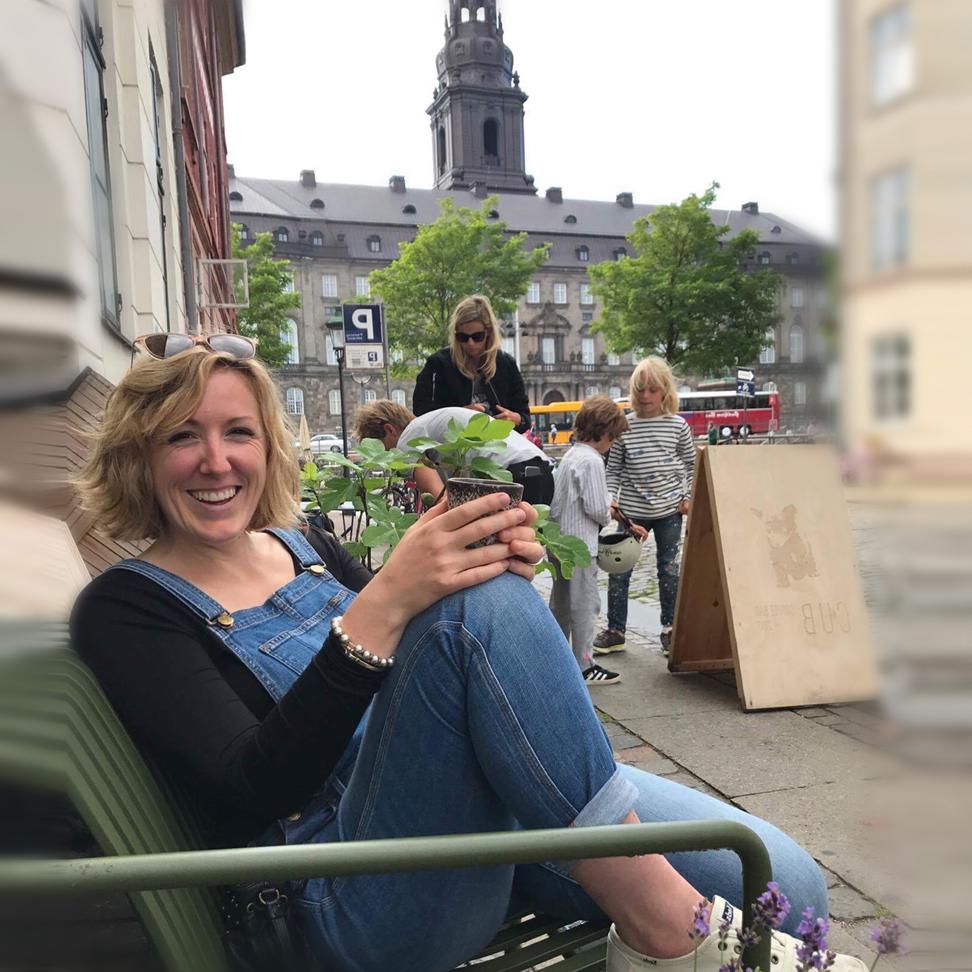From 2010 to 2016, Thomas Andersen cycled about 36,000 miles across the world. We caught up with him as he returned home to Denmark to get the low-down on what it was like to cycle through 58 different countries. Curious, adventurous, and open-minded – Thomas is without a doubt a traveler we love.
Why did you decide to cycle the globe?
Born in Denmark, I was put on a bicycle almost before I could walk. I have loved to cycle ever since. I think it has something to do with the freedom of movement, being out in the open air, and having the opportunity to let the thoughts run free.
I started with shorter trips like a two week summer tour in central Europe, and later I spent two months crossing India from south to north. After reading blogs and books about other people cycling around the world I decide to go for the big ride myself.
What’s the best thing about cycling the globe?
The endless sky, the white Salar de Uyuni, and the trusted bike © Cycling the Globe
On a bicycle you experience the environment you travel through first-hand; the ever-changing landscapes, the hills, the weather, the food, the way people react when they see you.
I also love the freedom a bike gives you; no more waiting for hours for the bus that never arrives. Instead it’s up to your own leg- (and will-) power to get from A to B. There is no ticket to be paid, and the impact on the environment is minimal. In my mind the bicycle is the best way to travel.
How did you finance your trip?
Bicycle touring is a cheap way to travel. My budget is $20 a day, which includes food and a place to stay. Before the trip, I worked as an engineer and saved up money for a year of cycling. That took me from Denmark to Australia, where I qualified for a Working Holiday Visa. I ended up on a huge cattle station in the Outback, which was an adventure in itself.
I’m also doing freelance programming jobs on my laptop from time to time while on the road.
What is your most significant travel memory?
Home, sweet home – Thomas is greeted by family in Denmark © Cycling the Globe
Back in 2010, I said goodbye to my family and friends at the Town Hall Square in Copenhagen. Six years and six days later, I arrived back at the very same spot after having seen the world from my saddle. With my family and friends waiting there with flags, flowers, and Champagne, I was trying to recap all the experiences and memories I had gathered over the last six years before this very moment.
Can you describe a typical day on the road, if such a thing exists?
I would wake up at sunrise, either in my tent, in a hostel, or in the home of friends of friends. After packing my cycling bags and having a solid breakfast, I would hit the road. A normal cycling day is around 62 miles long and would include about 6 hours of actual cycling. I would take a break every second hour to have a bite to eat, chat with the locals, take a photo, or simply enjoy the views. An hour before sunset, I would arrive at my destination for the day. Then, I’d have dinner while telling stories from the trip. Almost every night I would end up in a new bed, and would sleep like a rock for 8 hours.
How did locals react when they saw you, and how did you interact with them on the road?
Just a bump along the Tanzanian road © Cycling the Globe
The reactions I got from the locals around the world have been been nothing short of amazing. When I would stop for a bite to eat in a small village, people would always come over to ask where I come from and where I was going. When I told I was cycling around the world I think people didn’t always completely understand that you can actually do that! In some cases in rural South America or Africa I only told people I was cycling to the next big town since that is as far as their world goes.
Dream destination that you want to visit, and why?
I have cycled through 58 countries on 6 continents. I have mostly stayed on the main lands, and missed out on the islands.
At the top of my list is Cuba, which I would like to visit before everything changes.
There are also islands in the Pacific, like Fiji and Vanuatu, that I have dreamt about visiting since I was a teenager. Luckily, you never run out of travel destinations!
What’s your favourite terrain, and why?
Setting up camp in Argentina © Cycling the Globe
I love mountains – perhaps because we don’t have any where I grew up.
It’s challenging to cycle up a seemingly endless mountain on a loaded bicycle. But the views often make up for the hardships. Some of the most breathtaking nature I saw on my trip was the majestic Andes Mountains between Argentina and Chile. The route got so remote that my cycle partner and I needed to bring food for twenty days on our bikes. That was a real adventure.
I also like easier coastal routes such as the Great Ocean Road in Australia or along the Mediterranean coast of Spain and France. In such places, it’s all about enjoying the ride.
Do you have any advice for other people who want to cycle the globe?
The most difficult part of a bike tour is to get started. I found it very hard to quit my job and say goodbye to my family and friends. Once the wheels get rolling though, you very quickly build momentum, and then the hardest part seems to be stopping again.
I would advise to start very small, going for a weekend ride to a beautiful spot close to your home, camping overnight, and riding back the next day. Who knows, starting with smaller trips may inspire you to plan a longer trip for your next holiday.
Finally, don’t worry too much about gear. In my opinion this is not the essence of bike touring at all, even though some people spend thousands of dollars on this. Just use the bicycle you already have at first, and see where it will take you.
Do you have a defined purpose with your travels?
Push past your limits and get rewarded with amazing views like this beach in Tanzania © Cycling the Globe
Cycling The Globe is a journey of discovery, both internally and externally. There is an element of adventure, of getting closer to the limits, of exploring what I’m capable of. But perhaps more importantly, I just want to observe. I often feel that the media prints a complicated picture of the world, so I prefer to see things with my own eyes before making any judgments. The ultimate thing would be to discover that the world is inhabited by good people.
Simply put: this is my dream, and we should all follow our dreams.
How do you bring meaning into your travels?
Meeting people has always been the highlight of my travels.
Experiencing the hospitality you receive from strangers even in the remote corners of the world has made me believe in humanity, even in this complex world that we live in. I can only hope that I’m able to give something back – perhaps by inspiring people to achieve their own dreams in life, whatever they may be. That would make travelling meaningful to me.
What question would you ask our next set of Travelers We Love?
What have you learned about the world during your travels?


